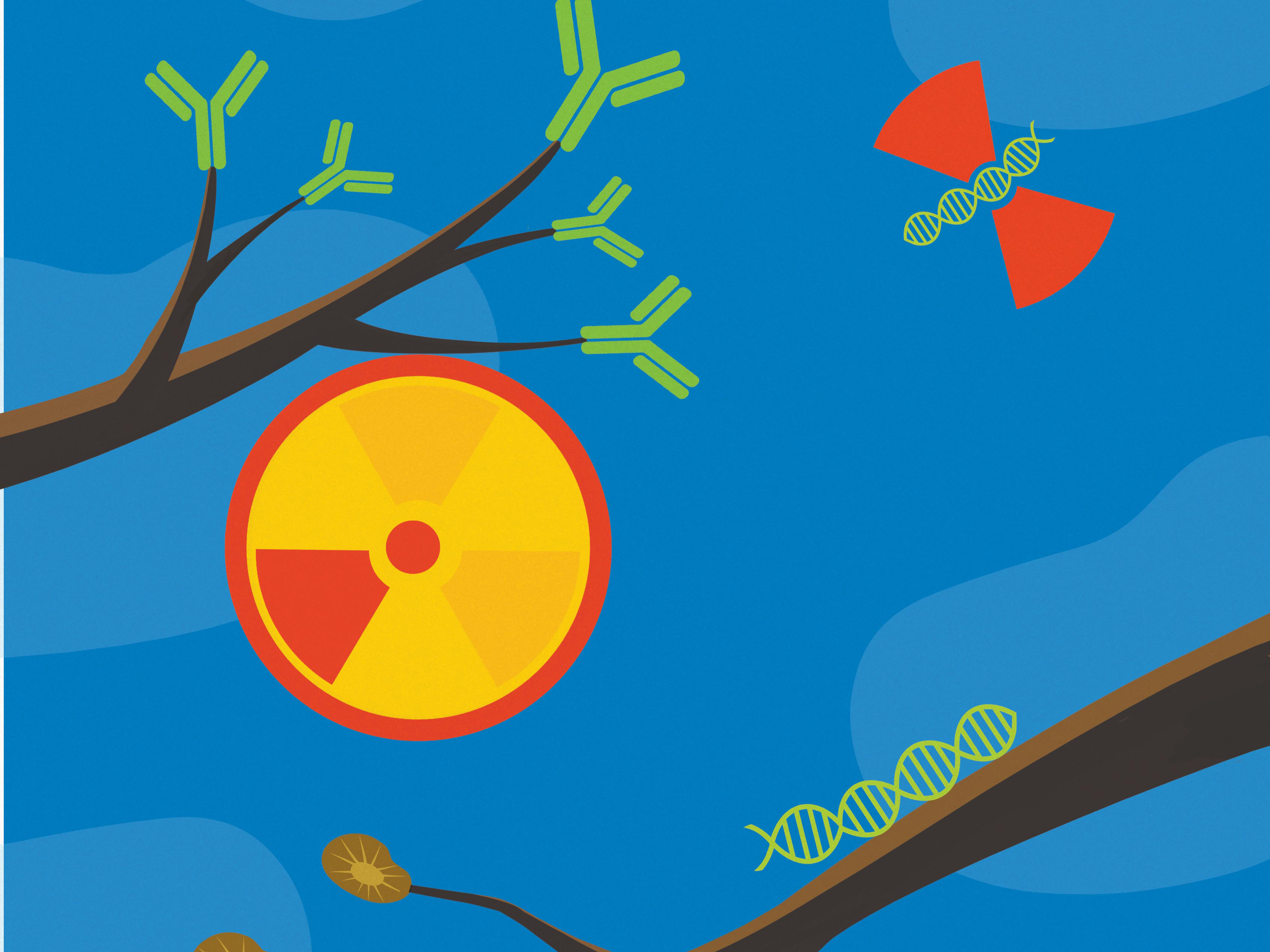New Treatments in Radiation Oncology

Included in the treatment plan for approximately 50% of all patients with cancer, radiotherapy (RT) is a significant component of cancer care. RT is a technology-driven oncology modality, which means it has continually evolved since being introduced in cancer care in the early 20th century.
FDA Approves Nivolumab and Ipilimumab for Malignant Pleural Mesothelioma

On October 2, 2020, the U.S. Food and Drug Administration (FDA) approved nivolumab in combination with ipilimumab for the first-line treatment of adults with malignant pleural mesothelioma that cannot be removed by surgery. This is the first drug regimen approved for mesothelioma in 16 years and the second FDA-approved systemic therapy for mesothelioma.
- Read more about FDA Approves Nivolumab and Ipilimumab for Malignant Pleural Mesothelioma
- Add new comment
Nurses Have the Purpose, Power, and Passion to Make a Difference

As we enter the final few months of 2020, the World Health Organization’s (WHO) International Year of the Nurse and Midwife, I find myself thinking about the theme that we had for our 45th Annual ONS CongressTM: Purpose, Power, Passion. WHO’s intent in designating the year was to elevate nursing globally and showcase the many roles that nurses have in health care. In the United States, Gallop surveys consistently rank nurses as the most trusted profession, but our colleagues in other countries do not have a similar means of recognition.
Help AYA Survivors and Patients With Cancer Navigate Infertility

In part thanks to advancements in both cancer treatment and supportive care, the number of cancer survivors is expected to reach 22 million by 2030. Adolescent and young adult (AYA) patients aged 15–39 constitute only 5% of new cancer diagnoses but have an 85% relative five-year survival rate. They represent a significant portion of all current and future cancer survivors and have unique needs, including reaching developmental milestones, coping with disruptions in personal and professional relationships, and encountering potential difficulties in family planning.
Chandley Silin
Billing and Coding Breakdown Helps Nurses Recognize the Realities of Reimbursement

Understanding correct coding strategies is an important skill that affects billing and reimbursement for value-based cancer care. Meeting the requirements for complete and accurate documentation is critical to support healthcare claims. Both nurses and advanced practice providers have responsibilities in this work.
- Read more about Billing and Coding Breakdown Helps Nurses Recognize the Realities of Reimbursement
- Add new comment
Kelliann Fee-Schroeder
Brain Tumor Navigator Role Bridges the Intersection of Cancer and Neuroscience

My role as a nurse navigator, for both patients with cancer and in the neuroscience arena, is the culmination of a 40-year career in oncology nursing. I got my start in nurse navigation 11 years ago. At the time I was working in Hoag’s brain tumor program and noticed that those patients had needs that we weren’t meeting. So, I shared my concern with the program directors and today Hoag continues to develop its brain tumor navigator role.
- Read more about Brain Tumor Navigator Role Bridges the Intersection of Cancer and Neuroscience
- Add new comment
Non-Hodgkin Lymphoma Symptoms, Diagnosis, Treatment, and Survivorship Recommendations

Lymphomas are hematologic malignancies, specifically of the lymphatic system. They are classified into two types: Hodgkin and non-Hodgkin (NHL). NHL is the seventh most common cancer in the United States and Hodgkin seen much less frequently as the 26th, but new treatment options have improved survival rates.
- Read more about Non-Hodgkin Lymphoma Symptoms, Diagnosis, Treatment, and Survivorship Recommendations
- Add new comment
What the Evidence Says About Cannabis in Cancer Care

An annual flowering herb native to East Asia, Cannabis sativa is cultivated around the world. It is used in traditional medicine as an analgesic, hypnotic, hallucinogenic, sedative, and anti-inflammatory. Preparations derived from its flowers, leaves, and hashish made from its resinous extract are taken orally, by smoking, or by vaporizing. Cannabis teas, tinctures, ointments, and oil-based extracts that can be mixed into food products are also popular.





